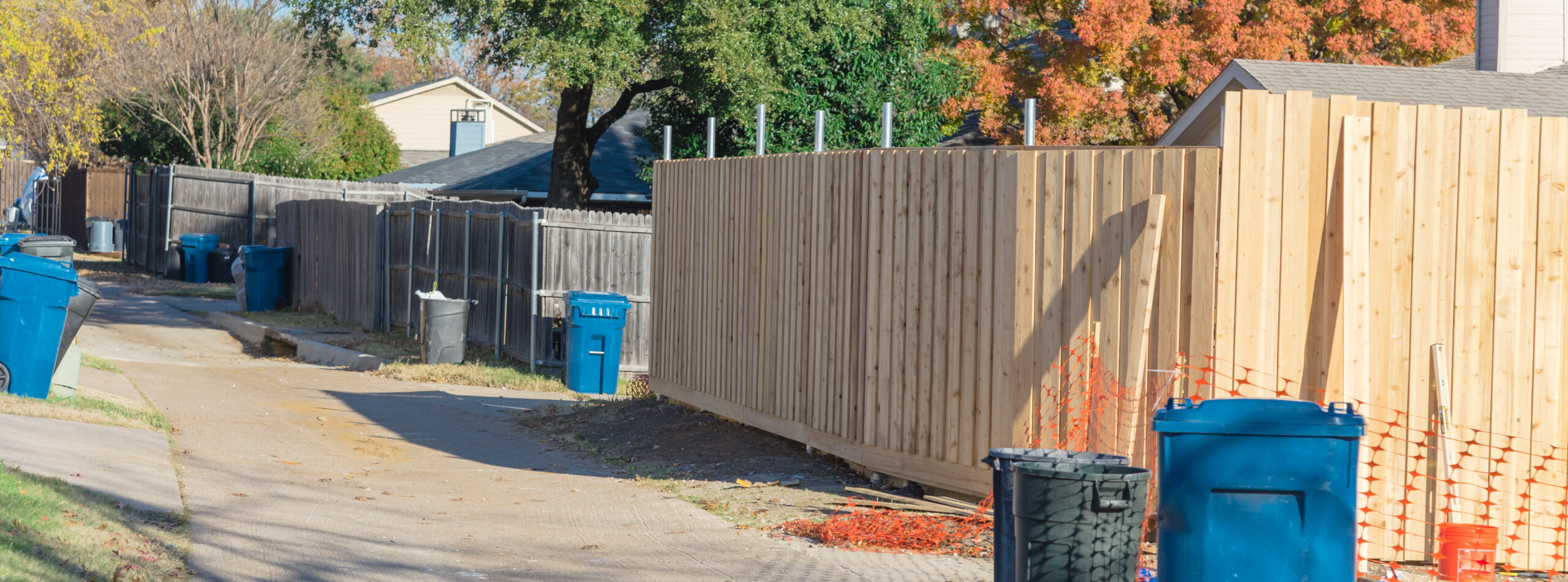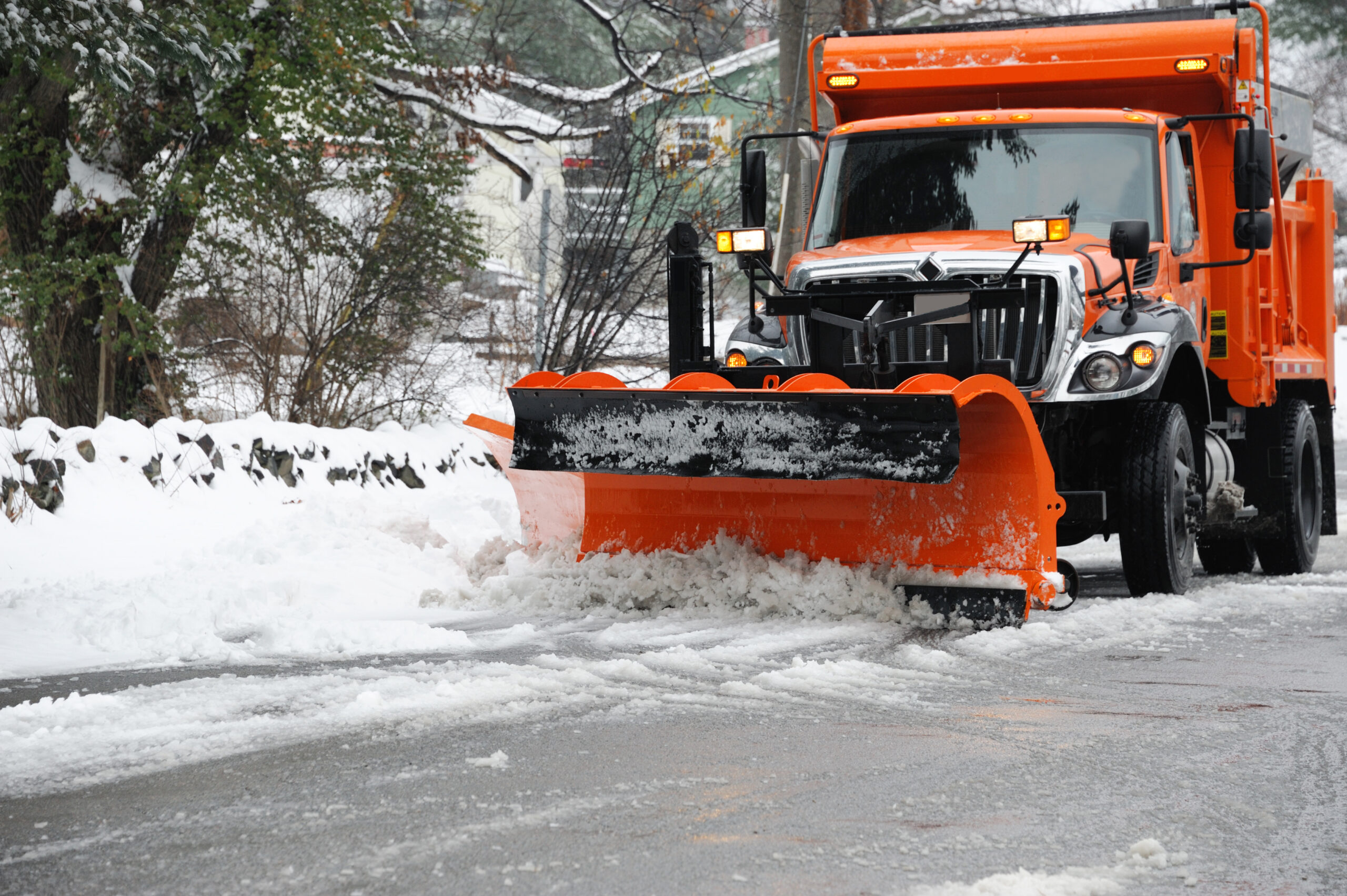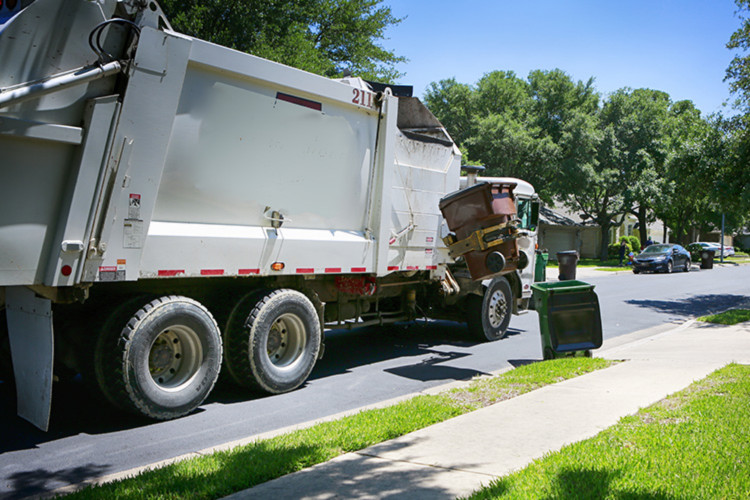Automated Route Balancing: Evaluating Solutions for Public Works Route Optimization
For the waste industry, developing routes that are equitable across the entire fleet is a crucial aspect of daily efficiency
Can Automated Route Balancing Help Your Organization Work Smarter?
For the waste industry, developing routes that are equitable across the entire fleet is a crucial aspect of daily efficiency and productivity. Without the proper balance, things can get out of whack pretty quickly.
This is where automated route balancing comes in. Ensuring balanced daily routes helps organizations automatically plan out their daily activities without worrying about one vehicle having a “heavier” load than the next.
Do Your Due Diligence
When selecting a routing system, look for one that can produce balanced routes. This sounds simple enough in theory, but there’s more to the task than meets the eye (if this wasn’t so, then your job would already be done). As part of this due diligence, consider the type of optimization you’re performing (i.e., residential, commercial routing for the entire week, roll-off). Also, factor in the type of vehicles you’ll use (e.g., automated side-loaders that can perform more service in an 8-hour shift).
Ask the Tough Questions
Finally, make sure you ask your vendor these questions. Use the information gathered to make the best possible selection for your operation.
- Will this system handle our most complex balancing problems? If so, how?
- How good is the solution overall?
- Does it create geographically-compact routes?
- Do all of our drivers have a full day’s work?
- Did the system solve the problem or does it require manual work on our end?
- Can we adjust the settings to create better routes for our unique personnel and vehicle needs, geographic variations and business logic?
If you would like more information about how RouteSmart handles automated route balancing, please contact me at jcearfoss@routesmart.com
Catch up on this series:
Ready to get started.
Get in touch with us.
Contact Us




